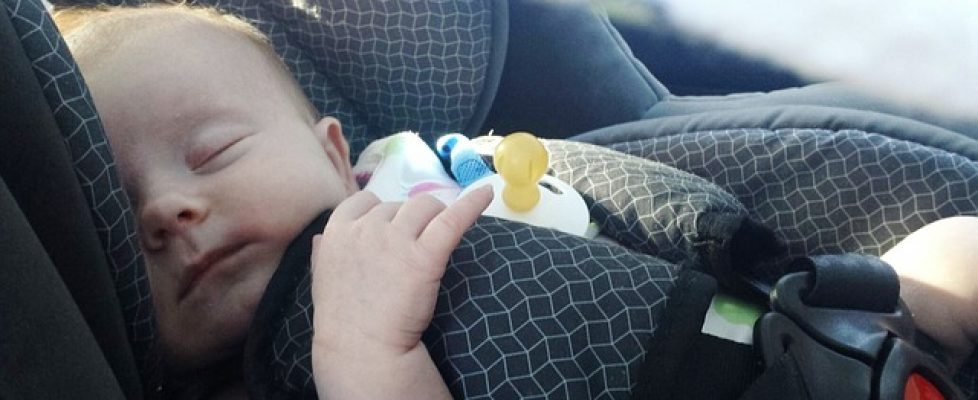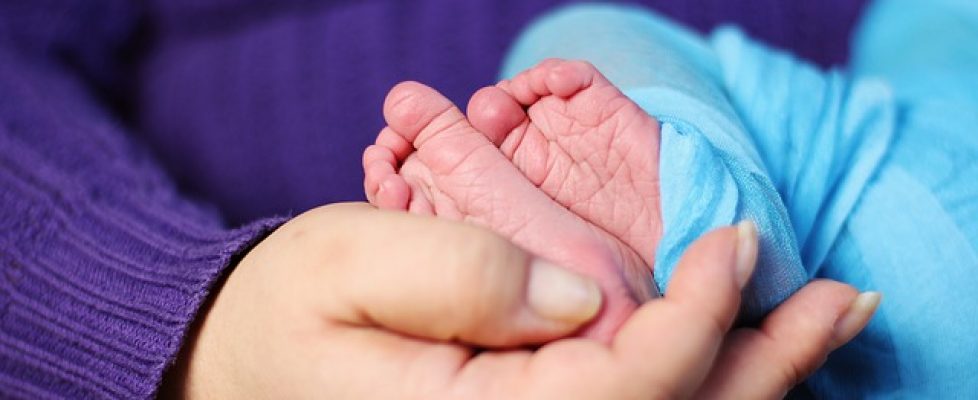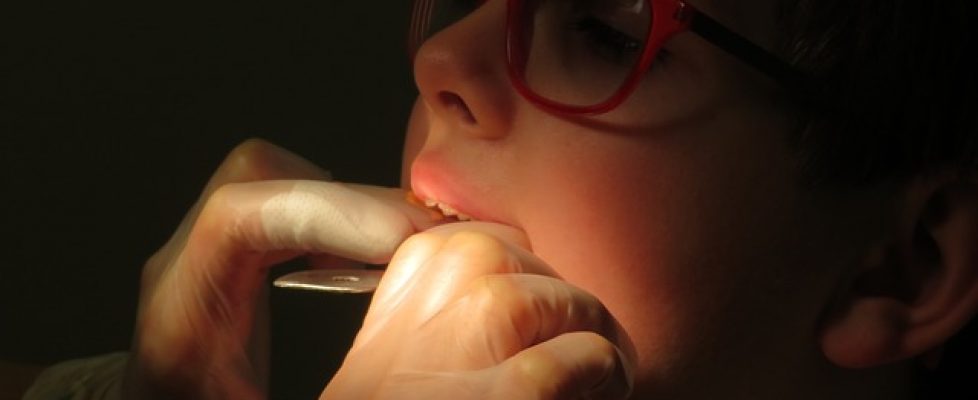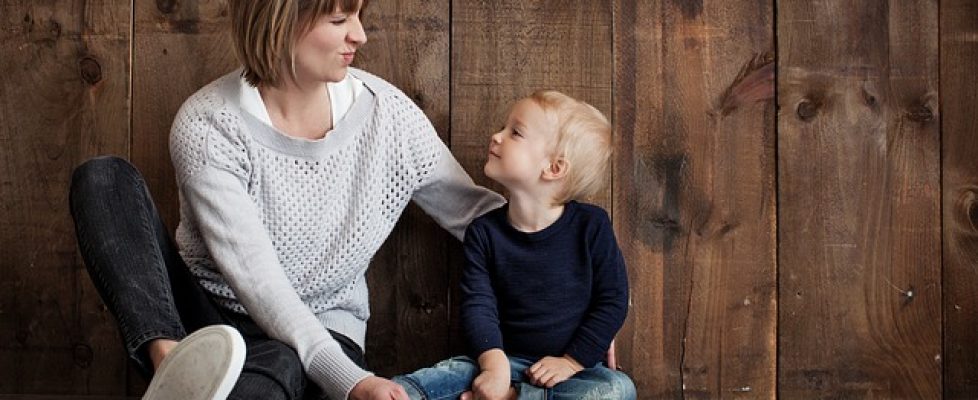Parent’s Guide To Safety Seats For Children
Your child’s first adventure
It’s time to strap your newborn into the car and go off on their first adventure, to the shop, to a friend or somewhere more exotic maybe. Think safety first!
Infant Seats
An infant seat is slightly different to an “infant safety seat” or “child safety seat” for cars. A typical infant seats allows a young baby to sit upright. It’s important to note that, these aren’t designed to protect the infant in untimely event of a collision so they shouldn’t ever be used as a substitute for a car seat!
Although, some of the child safety seats on the market, do also serve as an infant seat.
What to look out for:
The base of the infant seat is supposed to be wider than the actual seat. Any mechanisms for locking should be securely in place. Give a little push down on the seat to ensure that it’s sturdy.
To prevent any movement of the seat on smooth surfaces, the bases should be a non skid surface.
Obviously, any seat belt need to be secure and any fabric needs to be washable.
If there are supporting devices which snap onto the seat’s backing, then make sure that they’re secure enough to avoid them popping out, causing a collapse of the seat.
Safety points:
- Never, ever put your infant in a seat on top of a table or any other high surface from which they could fall from! Also, don’t put them on top of a washing for example.
- Fasten the safety belt each time you put your infant into the seat.
Child safety seats for cars
Did you know that there are more children seriously or fatally injured in auto accidents than all other types of accidents? Avoid this catastrophe by getting the correct child safety seat for protection, while traveling in your car.
As mentioned above, don’t ever substitute any infant seat for a actual child safety car seat! A child safety seat is designed to be installed in the back seat and protect the child from injuries in the event of a collision.
What to look out for:
Never buy or accept a seat that’s older than 6 years old or one that looks like it was in a crash before!
Also, check the manufacturer’s “expiry date”. If doubt about the history of the seat, or if it’s looking cracked or showing any wear and tear signs, please don’t use it.
And finally, ensure that it fits your child.
Safety points:
- It’s recommended to have infants and toddlers under two years old, in a seat facing the rear in the back of the car. (or reach height and weight limits set out by the manufacturer)
- As soon as your children are ready to move into a seat facing forward, harnessing them in until they are of the maximum height and/or weight for the seat is advisable. As soon as they outgrow this seat, they should be in a booster type of seat until they can safely use the standard car’s safety belt.
Things to remember
Make sure you are not confusing an infant seat with a child safety seat for a car.
Measure your child’s height and weight as they grow up, you may need a bigger seat (booster).
Ensure the seats are fastened in place securely before using.





Sleep. Is Your Child Getting enough?
2017-03-25 by Lin Berch • Parenting • Tags: Child, Parenting, Sleeping •
Sleep is such an important part of a child’s formative years
Sleeping, or perhaps the lack of sleeping is one of the most widely discussed aspects of baby care. As new parents quickly realize, both the quantity and the quality of their infant’s sleep does affect the well-being of all members of the family.
With that said, sleep challenges won’t necessarily end when your child moves from their crib into a bed. Instead of just crying, it will now be making requests to stay up later or simply just refusing to sleep! Instead of 4 a.m. feeding time, it will be a nightmare waking them or they might be awake looking for water.
So the questions are; how do you get your children to sleep through their crying, wining, and clever tactics to avoid sleep? What if you are awoken during the night? And the important question then; how much sleep is actually enough for your children?
How much sleep is enough?
There is no one size fits all answer to this question. The quantity of sleep required does vary from age to age. There’s no rule as such to say your two year old infant needs a certain amount of hours sleep per night. Children vary, environments vary and there could be a number of reasons that an infant or older child is or isn’t sleeping enough.
Two-year-old Zack might sleep in for eleven hours, while three-year-old Jane might be just as alert the next morning after sleeping for only eight hours.
Sleep is so important to children’s’ well-being. You might think that lack of sleep wouldn’t affect behavior, think again! There is a link between the two but it might no be too obvious, especially to those of you who are new to parenting.
When us adults become tired, we can be irate or just have low energy, but when children get tired and are losing out on sleep, then they can get hyper, disobedient and portray other drastic changes in their behavior.
Below are some examples for younger children, to help you in your own parenting and dealing with sleep issues:
Babies (up to six months old)
The internal clocks of newborns are not yet developed fully. They can sleep up to eighteen hours in a single day, divided equally between the day time and night.
For the first few weeks, it’s important that newborns are woken up every three or four hours until they have a good weight gain. After these initial weeks, it’s ok to let your baby sleep for longer durations (four to fives hours)!
This is because it’s approximately how long a small stomach can go for between each feeding. If your baby gets a good sleep at night, it’s a good idea to nurse or bottle feed them a little more throughout the day time.
The goal
Falling asleep by themselves is the ultimate goal for your baby. They should learn to return to sleep, should they wake during the night.